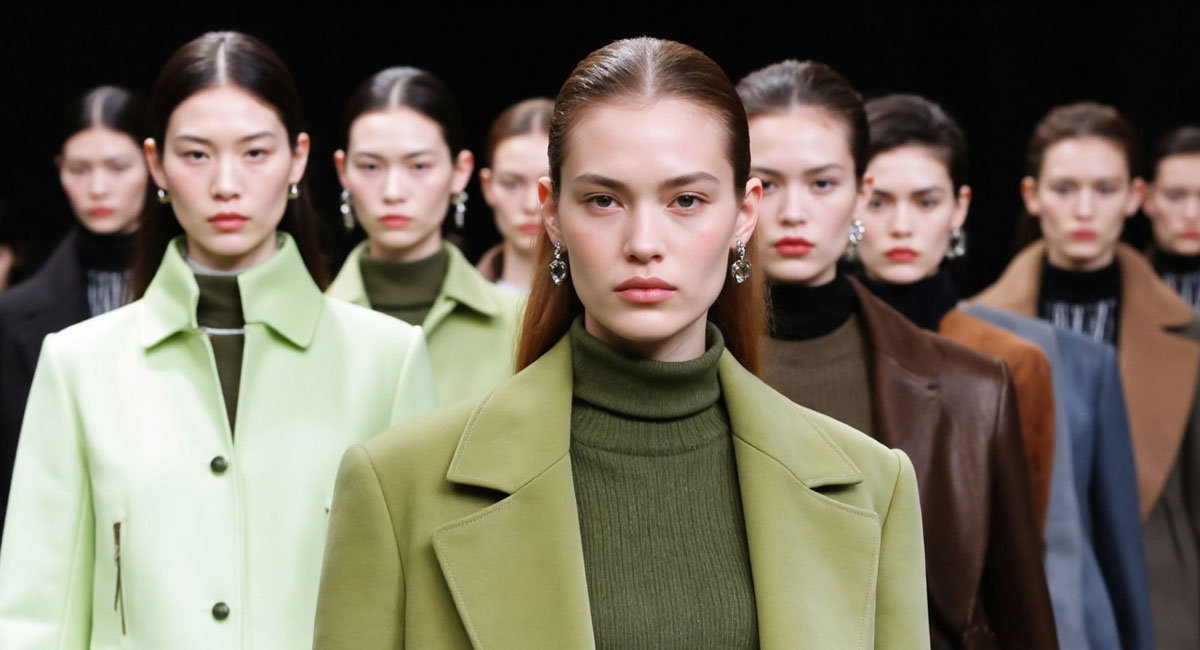
Key Takeaways:
- AI fashion models are virtual beings generated digitally to mimic humans, customizable in body types, skin tones, poses, and outfits for use in images and ads.
- These models operate through AI combined with human input, utilizing digital twins or photo-trained designs to produce visuals quickly without physical production needs.
- Applications yield cost reductions up to 90 percent by eliminating model and studio expenses, alongside faster iterations and diverse representations for inclusivity.
- Ethical considerations address job displacement for human models. The potential solutions involve retraining and coexistence in premium or authentic roles.
- Brands can integrate AI models by piloting them in marketing campaigns. This allows them to assess efficiency gains while monitoring biases and maintaining ethical standards.
Every time you scroll through your Instagram Explore page or TikTok, you’re likely to stumble upon a stunning photo of a model that leaves you in awe. Flawless skin, perfect proportions, and an effortless allure? What if we told you that some of those captivating faces aren’t real at all?
In recent years, blending innovative technologies like AI fashion models with human stylist expertise has created a buzz in the fashion world, encouraging many global fashion houses to turn to virtual models. This approach not only cuts brands’ dependence on traditional photoshoots with human models but also offers enhanced and personalized shopping experiences for customers.
Let’s review how AI-powered fashion models blend creativity with efficiency in ways that feel almost magical.
What is an AI Fashion Model and How Does It Work?
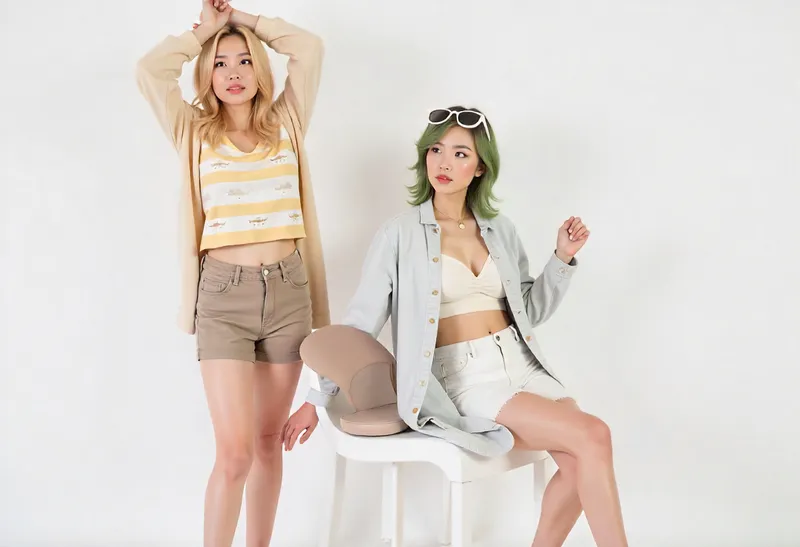
The answer is straightforward because AI fashion models are straightforward. They’re dressed, photographed, or filmed, their images and videos appear on websites, ads, and printed materials – just like human models. The only difference?
These models are entirely virtual and digitally created. So you can use them to create realistic-looking images, dressing them in any outfit, and placing them in any background. You can also customize them for diverse body types, skin tones, poses, and styles.
By the early 2020s, brands like Levi’s and H&M were already exploring AI models. This revolutionary innovation addresses the demand for inclusive representation while also potentially speeding up production and reducing costs by up to 90%.
For fashion business owners, this revolutionary technology makes fashion faster, more creative, and way more exciting. Let us walk you through how these virtual designs are created and why they’re giving your fashion collections a competitive edge while keeping it highly relatable.
Creating an AI fashion model is similar to creating a digital sketchbook for clothes. You can capture every detail, from the fabric texture to how the skirt flows or how a zipper shines. Compare that to traditional methods, where making one sample could take days and cost a fortune in materials.
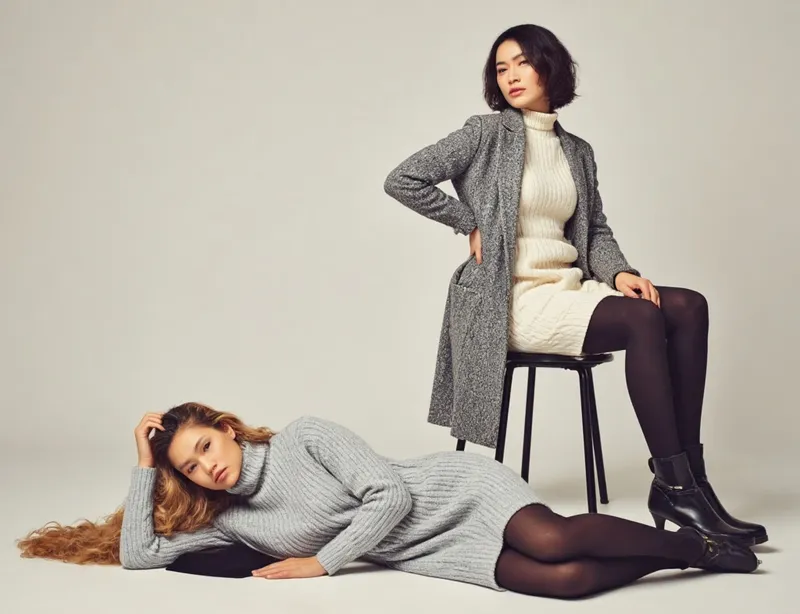
Why does that matter to you?
Speed, for starters. Say you spot a celeb in a stunning outfit on TikTok. With virtual fashion models, you can design a similar style, test it on a digital model, and have it online in days – not weeks. And customers get to grab that trending look while it’s still buzzing.
Cost is the second reason to consider utilizing virtual fashion models. They reduce costs by eliminating fabric, labor, and shipping expenses associated with physical prototypes. They allow you to experiment with designs without wasting resources, leading to lower prices and more sustainable practices for consumers.
Digital images (textures) make shopping so engaging! Your customers can watch a virtual runway where hyper-realistic digital personas are styled in the exact outfits they are eyeing.
With virtual fashion models, customers can ‘try on’ your new fashion collection on digital versions of themselves. A potential buyer might have once passed on a pair of sneakers online just because they couldn’t visualize them with their own style. But with Artificial intelligence technology, customers see themselves styled virtually and are more likely to make an immediate purchase.
Creativity is also a key advantage of digital models. Using AI fashion models lets you offer unique or personalized pieces for those customers who look for fresh designs, establishing your brand as a trendsetter.
Are AI Fashion Models Cost-Effective?
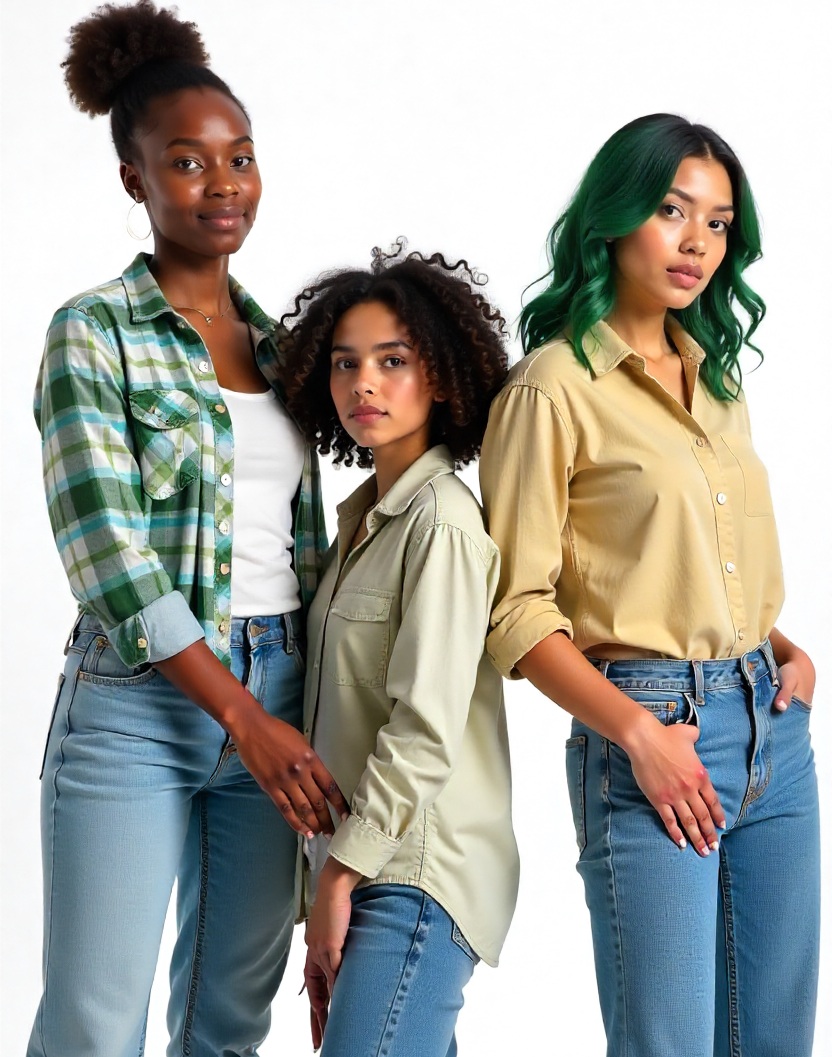
In one word, yes, they are cost-effective!
Hiring professional models for traditional photoshoots seems unavoidable, but it can quickly drain your budget. Model fees, studio rentals, and compensation for photographers, stylists, and makeup artists often climb above thousands of dollars per day. But with an AI fashion model creation service provider like us, you only need to photo shoot your fashion collection. We get the rest of the job done for you.
With one-tenth of physical model shooting costs, we create as many virtual models as you need with any looks, poses, and outfits without the need for multiple shoots.
We also adjust the styles and settings instantly to match your brand identity. The quality might stun you since the digital images are so realistic that it would be hard to differentiate them from real photos.
In addition to one-time costs, digital models offer speed, control, and simplicity.
Unlike physical models, AI-generated models are available whenever you need them. So, you do not have to worry about unexpected logistical delays in photoshoots when launching a seasonal campaign.
Digital images are produced in hours, not days. So you can have your AI models whenever you need them.
That advantage becomes particularly crucial when considering the importance of timely market entry in the competitive fashion industry. Virtual models are a safe choice to ensure your product launch timeline remains intact.
You might be thinking, “Sure, but these models can’t walk a runway.” No big deal – stay tuned, and you’ll see examples of virtual models strutting their stuff on the runway in the next sections.
Examples of Industry Leaders Using AI Fashion Models
To understand the importance and role of AI-powered models in connecting brands with customers, let’s dive into some standout examples.
H&M: Making Waves with Digital Clones
Did you design a killer fashion collection campaign, pour a fortune into hiring human models, and still watch your ROI decline? The next time you’re tempted to burn through thousands of dollars on traditional photo shoots, take a page from H&M. This fashion giant is a prime example of rethinking the entire production and modeling game.
Focusing on cutting waste, boosting creativity, and delivering real results for sustainability, H&M leveraged AI to create digital twins of 30 real human models, essentially generating virtual versions that mirror their looks and movements without the need for physical presence.
Such an innovative approach not only enabled H&M to stay true to its human-centric ethos that keeps real people at the heart of the brand. By blending AI with authentic human elements, they push boundaries on what fashion can be—more inclusive, innovative, and eco-friendly.
Generating digital twins for models was a smart solution to align production precisely with market demand through data-driven insights while shortening the overall process and minimizing overproduction and waste. In addition, the human models were able to handle more jobs remotely while skipping exhausting travels.
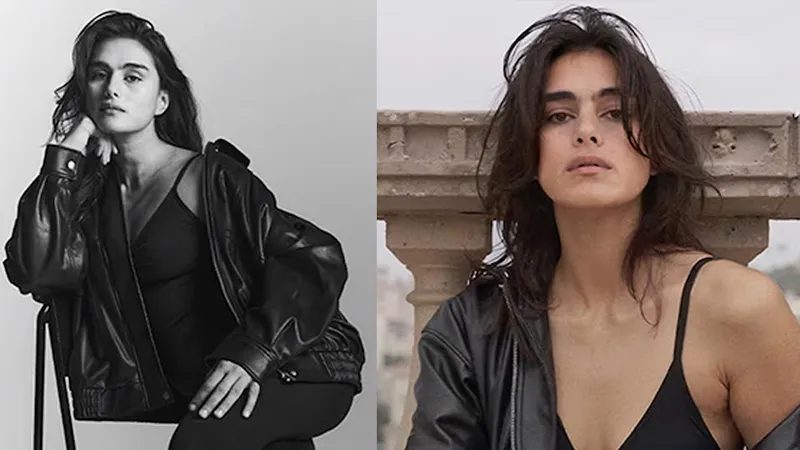
Levi’s Strauss & Co.: Using AI Models to Foster Diversity
The powerhouse behind the iconic Levi’s brand is another example of fashion leaders that utilized AI fashion models to spotlight a stunning array of body types on their e-commerce site.
By designing custom AI-generated models that supplement their real human talent, Levi’s fostered broader diversity, equity, and inclusion in the online shopping world, offering a more authentic and relatable customer experience. Customers with different preferences and needs were able to see outfits on avatars that look like them, which enhances overall customer experiences and boosts engagement and satisfaction.
The example clearly shows how AI-generated fashion models can enhance creativity without sidelining human elements. Virtually created models push genuine representation that traditional modeling often struggles to scale.
Mango: A Combination of AI and Human Creativity
Mango’s Teen Collection campaign was another big step toward utilizing AI fashion models rather than human models. This innovative campaign successfully represented Mango’s long-standing commitment to integrating cutting-edge technology into fashion.
The main focus of the campaign was on tech growth, better data, and top operations to create more value. A team of designers, AI model trainers, and photo studios worked together. Real photos of the clothes were used to train the AI models to ensure high-quality outputs that preserved the true details of the garments and models.
Guess: Featuring AI Models in Vogue Magazine
In 2025, Gusss, the global lifestyle brand, made history by featuring its AI-generated fashion model in Vogue Magazine!
The project focused on a series of advertising photos that showcased a lifelike blonde female AI model styled in Guess outfits. These irregular marketing efforts sparked discussions on beauty standards and jobs for real models.
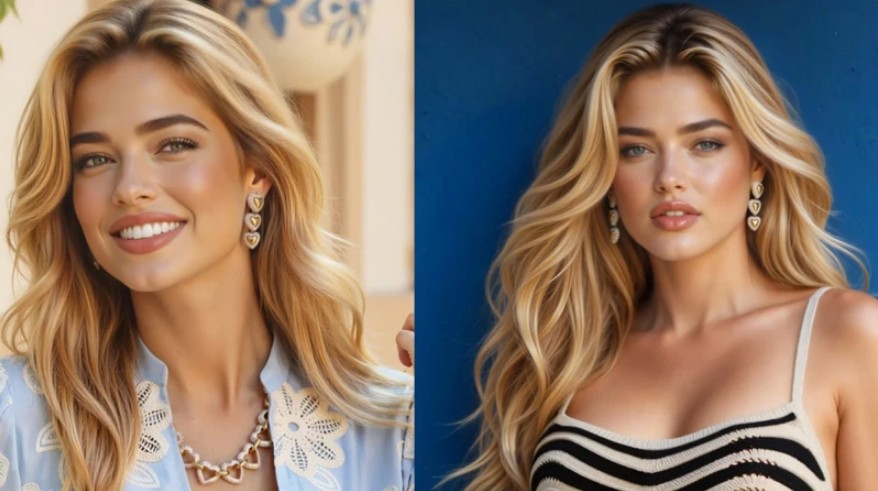
I.N. Official: A Revolution Fueled by AI
Let’s not forget about Transcendence, the first-ever AI-imagined fashion collection by I.N. Official, launched in 2025 Africa Fashion Week London. This innovative AI fashion line is a prime example of how AI-powered technology combines culture, creativity, and fashion on the global stage.
The future of luxury fashion belongs to AI; Guess’s AI-generated models featured in Vogue Magazine strongly admit that. The evolution extends seamlessly to virtual influencers, which address persistent pain points of hiring human influencers, like extravagant campaign fees and risk of unpredictable off-brand behaviors, and low scalability.
How to Develop an AI Fashion Model?
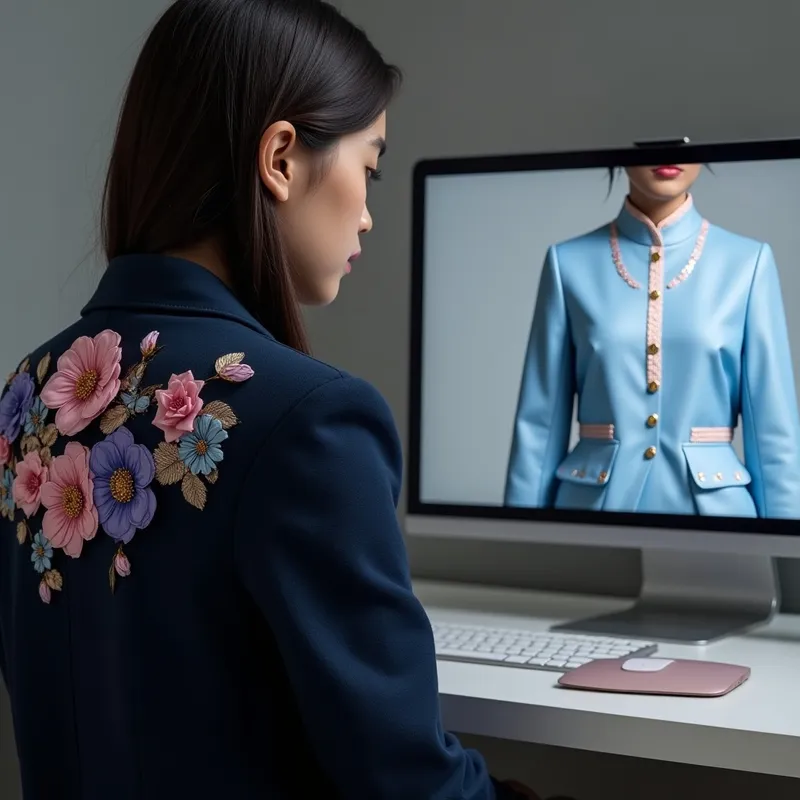
Start by defining your brand style and marketing needs.
Are you a high fashion, streetwear, or casual brand? Do you need an AI-generated model design for marketing, e-commerce, or runway presentations? What’s your audience focus? For example, Gen Z or plus-size market? Do you require semi-realistic or hyper-realistic imagery tailored to their preferences? Establishing these parameters ensures your AI model design will align with your brand identity and audience expectations.
The next step is to create an AI model.
When developing an AI model, there are a few options to consider. You can pursue in-house development or utilize open source DIY tools, but we would like to walk you through each one to show you why working with an AI fashion model creation agency is the best choice.
Online AI design platforms are great for creating basic and generic images, but when it comes to creating something intricate and unique, they fall short.
Partnering with an AI model creation agency, however, gives you full creative control over your virtual fashion models.
You could build an AI model in-house.
But let’s be honest; it’s a massive undertaking.
Just consider the technology, specialized talent, and time investment required. The costs can break the bank.
Moreover, managing the process internally can quickly become overwhelming, expensive, and risky, especially if your team lacks niche expertise. But at Dream Farm Agency, we handle the entire process for you at a significantly lower cost, eliminating the burden from start to finish. Read more about our Virtual models service.
What we offer goes far beyond image and video creation. We offer comprehensive end-to-end solutions, including concept development, storytelling, campaign management, and ongoing support through monitoring, maintenance, and optimization.
Focus on your business, we will take care of the rest.
Ready to begin your AI journey? Contact us today.
Final Thoughts
By implementing AI fashion models, you prevent budget inflation and timeline overruns while simultaneously strengthening operational efficiency and marketing strategies. The technology proves especially valuable for brands needing to coordinate multiple campaigns or adapt quickly to market trends.
While an AI fashion model is a powerful tool for efficient content production, its role can extend much further into your overall marketing strategy. To learn how to build an audience and drive engagement with your character, explore the complete guide to virtual influencer marketing.
Additional benefits emerge when collaborating with our AI creation studio, where we help your collection achieve standout visual impact through customizable digital solutions that bypass geographical limitations and creative misalignments.
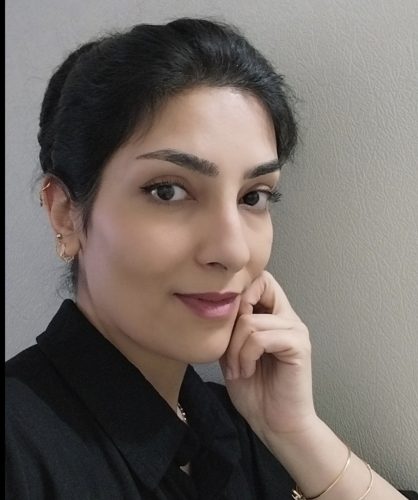
Leila
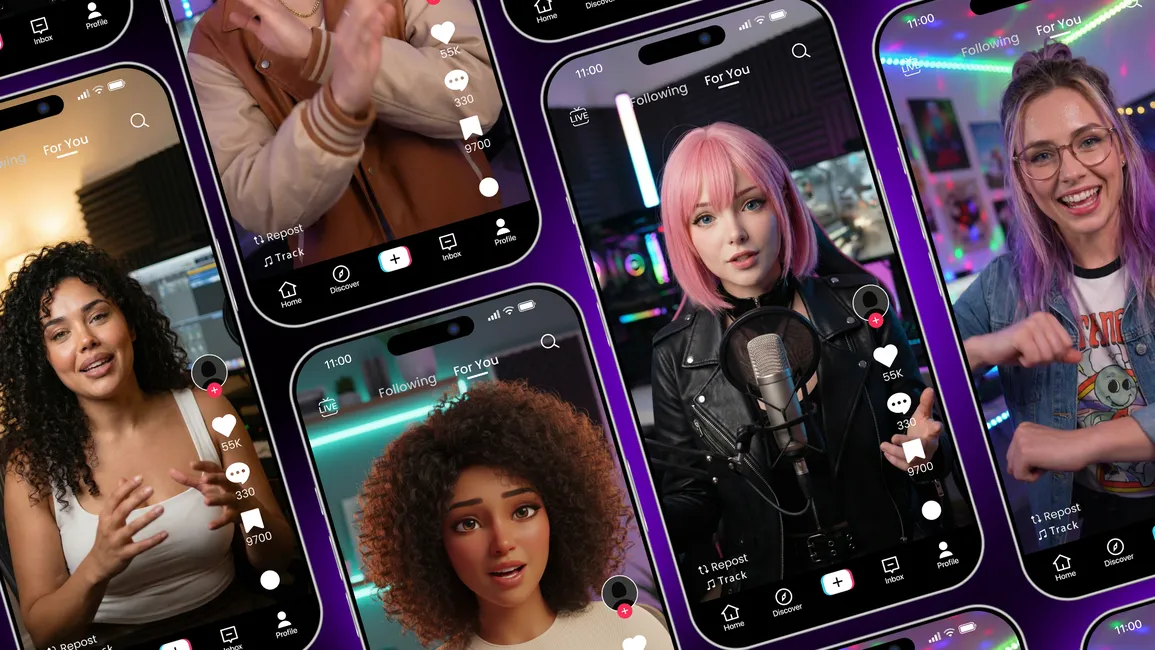
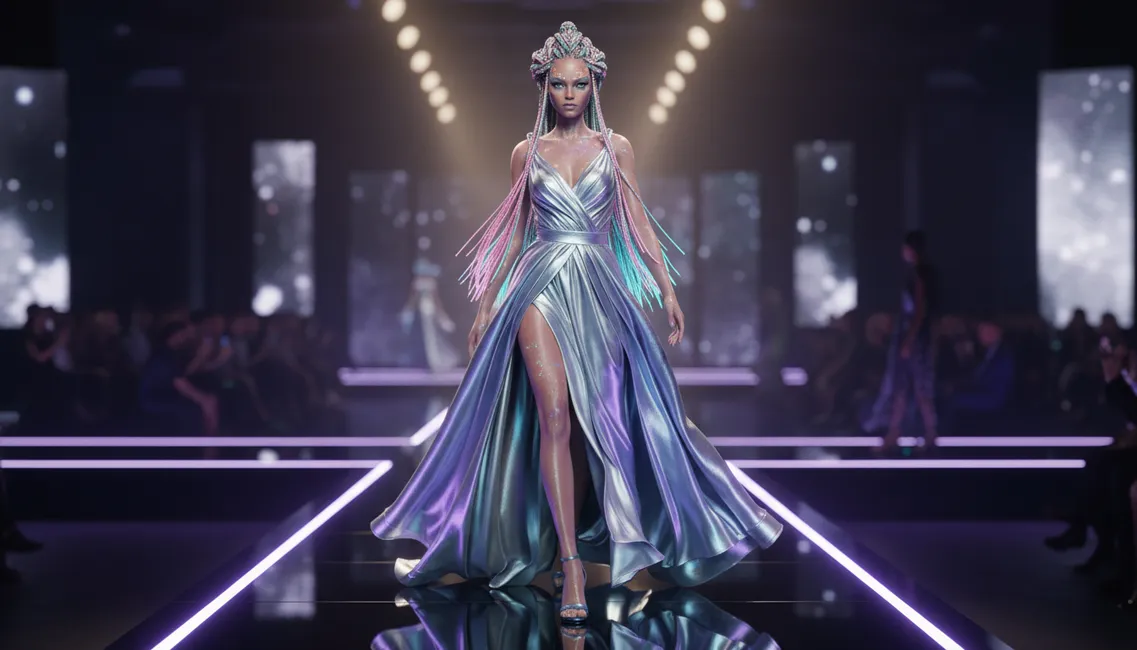
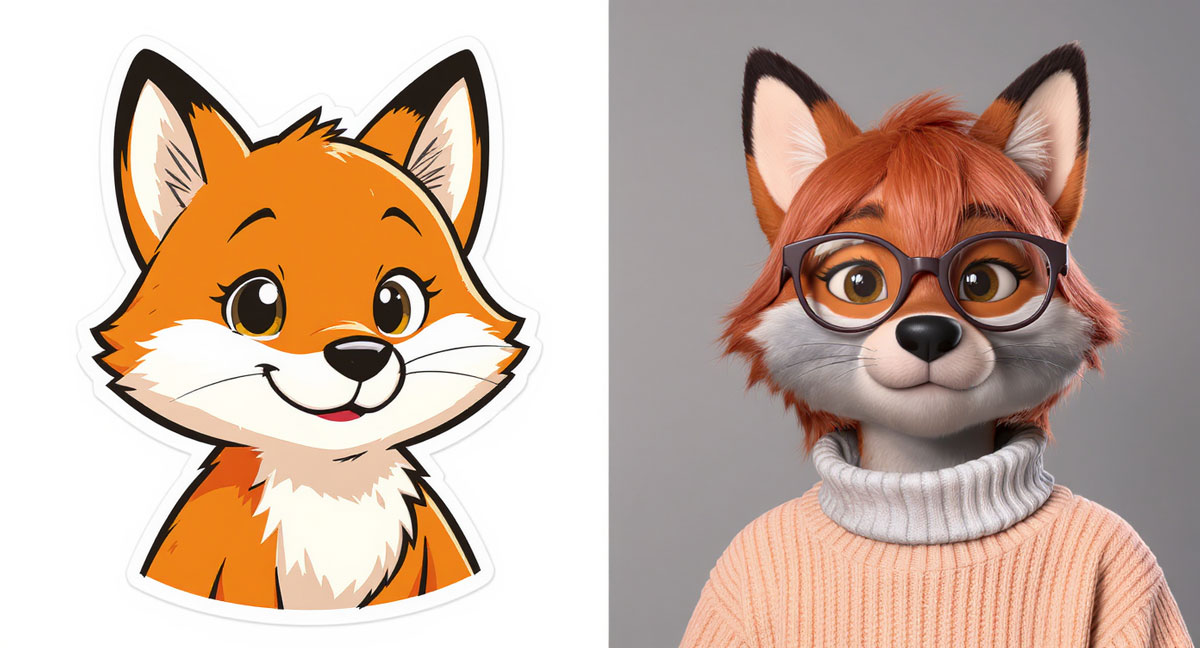
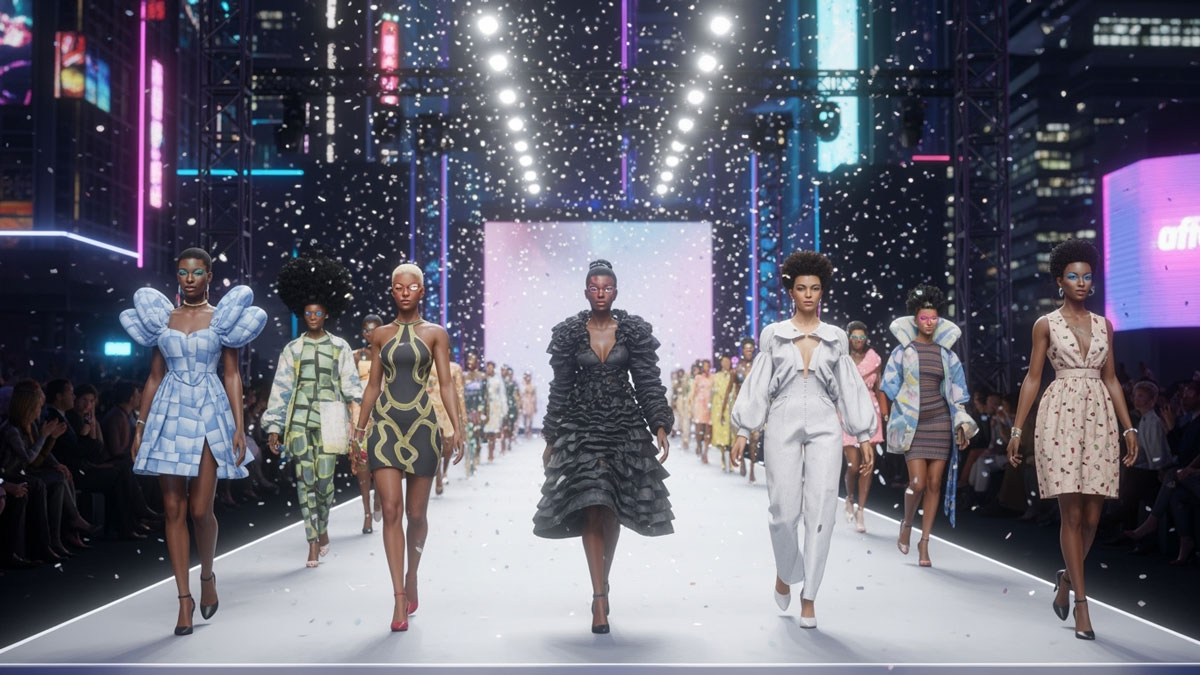
I’m curious though: how do you address concerns from traditional models about job displacement? Do you see AI models completely replacing human models in the future, or is there a sweet spot where both can coexist? Would love to hear your thoughts on the ethical considerations around this technology.
Hi Jane,
As you mentioned, job displacement is a serious concern, but it’s not the end of the road. There are solid ways to mitigate the risk, like keeping human models, photographers, stylists, etc. in key roles, especially for premium, authentic work, or training people in new skills like prompt engineering, 3D design, and AI character direction. We believe that AI is a powerful tool to speed up ideas, not a replacement for human creativity.
One question: when you create these AI models for clients, how do you ensure they still feel authentic and relatable to real customers? I imagine there’s a fine line between “perfect” AI-generated imagery and something that actually resonates with people on an emotional level. What’s your process for maintaining that human connection?
Hi Marcus,
To ensure AI models feel authentic and relatable, we focus on understanding our audiences through user research and gathering feedback during development. We also use diverse training data to reflect real-world experiences and avoid bias, and we integrate emotional intelligence to tailor responses that resonate with users. If you’d like to learn more, please don’t hesitate to reach out to us at https://dreamfarmagency.com/contact-us/.